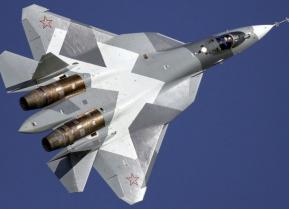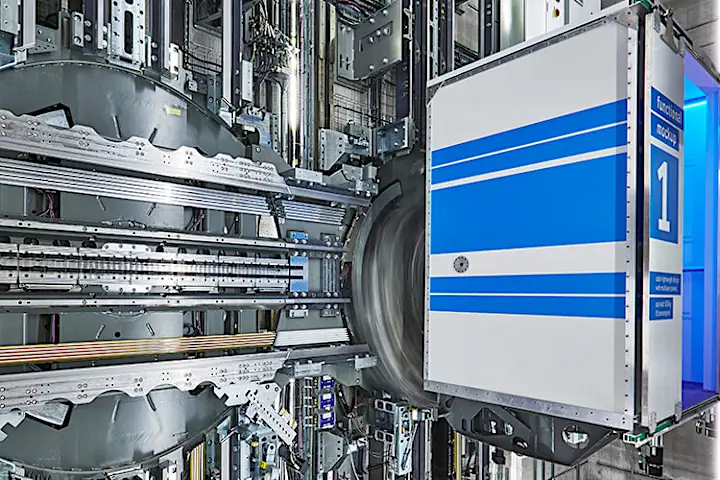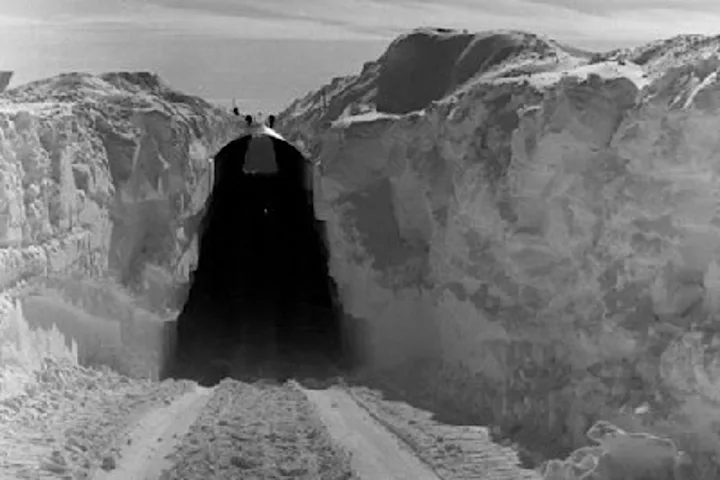Stealth vs. Kim: B-2 Bombers and F-35 Fighters vs. North Korea (Who Wins?)

In the event a war were to break out on the Korean peninsula, American airpower would play a key role.
Indeed, as Jerry Hendrix wrote for The National Interest, any air strike would have to hit their targets simultaneously while Aegis missile defense ships stood ready to shoot down any North Korean ballistic missiles headed toward South Korea and Japan.
In the event a war were to break out on the Korean peninsula, American airpower would play a key role.
(This first appeared last year.)
Initially, the burden would likely fall to the Pentagon’sfleet of stealth aircraftincluding the Lockheed Martin F-22 Raptor, F-35 Joint Strike Fighter and the Northrop Grumman B-2 Spirit stealth bomber.
The U.S. Navy, too, would likely have to play a role using its surface warships and submarines to launch waves of Tomahawk cruise missiles to target North Korean air defenses and command and control assets. However, American forces would have to move quickly to take out North Korea’s retaliatory strike capability—both its nuclear forces and its conventional artillery forces that could lay waste to Seoul.
That’s ultimately the problem for American military planners during any potential pre-emptive strike against North Korea. How does one eliminate Pyongyang’s nuclear forces without risking a retaliatory strike that would leave thousands of South Korean and Japanese civilians dead? Indeed, if some of the worst case scenarios play out, North Korea could potentially even strike back at the American homeland with an nuclear-tipped intercontinental ballistic missile.
If the Trump administration were to strike at North Korea, stealth aircraft like the F-35 would have to eliminate North Korean air defenses quickly. Pyongyang does not have the most modern of air defense systems—the threat mostly comes from the sheer volume of older Soviet-built systems it has available to it.
However, while the bulk of North Korea’s air defenses are antiques, it does have some potent newer weapons available including its own indigenous KN-06 clone of the Russian S-300. Vasily Kashin, a senior fellow at the Center for Comprehensive European and International Studies at Moscow’s Higher School of Economics —who is a specialist on Asian matters—told The National Interestearlier this year that South Koreans sources have written that the KN-06 has been successfully tested. The weapon is thought to have a range of up to 150 km.
“No one knows exactly how many such systems exist. The KN-06 has phased array radar and tracks via missile guidance system and maybe equivalent to the early S-300P versions but with greater range,” Vasily told The National Interest .
But air defenses are less of a problem than targeting North Korea’s artillery pieces— which are dug into hardened positions—that are aimed at Seoul. Indeed, even without its nuclear-tipped missiles, dug-in conventional North Korean artillery could leave Seoul devastated within only a few hours. Any successful attack on North Korea would have to eliminate those threats before they could level Seoul—but that is easier said than done.
Recommended: Russia's Next Big Military Sale - To Mexico?
Recommended: Would China Really Invade Taiwan?
“Between 1950 and 1953, the U.S. Air Force and Navy flattened North Korea, so the NORKS have had 65 years to think about how to make sure that does not happen again and dig lots of bomb proof shelters and tunnels,” retired Rear Adm. Mike McDevitt, a senior fellow at the Center for Naval Analyses, told The National Interest earlier this year.
Indeed, as Jerry Hendrix wrote for The National Interest, any air strike would have to hit their targets simultaneously while Aegis missile defense ships stood ready to shoot down any North Korean ballistic missiles headed toward South Korea and Japan.
“In all likelihood, it would begin with lightning swiftness with overwhelming attacks on key targets to include the thousands of emplaced artillery pieces that overlook the South Korean capital of Seoul, nuclear weapons storage facilities, nuclear launch vehicles and integrated air defense systems. These attacks would be conducted with near simultaneity,”Hendrix wrote .
“While these attacks are ongoing, Japan based U.S. Navy ballistic missile defense cruisers and destroyers as well as ground based Theater High Altitude Aerial Defensesystems will use their long range radars to identify and shoot down North Korean missiles as they launch.”
Success, however, is not guaranteed. Any sort of attack on North Korea would be a gamble with the lives of thousands if not millions of South Korean and Japanese lives. As such, a diplomatic solution is far more preferable to a war than might end poorly.
Dave Majumdar is the former defense editor for The National Interest.
By using this website, you agree to our use of cookies. This use includes personalization of content and ads, and traffic analytics.





![[Photos] This Wheel Of Fortune Player Was Acting Strangely Then Pat Realized Why [Photos] This Wheel Of Fortune Player Was Acting Strangely Then Pat Realized Why](https://images.outbrainimg.com/transform/v3/eyJpdSI6ImZhNTA4ZDU5MzBhNzcyZWJjMDAzNTEwMWY0MzFlNTcxOTJjNTFiMWEyYTNkZGJiNzhjY2QyMjIzNjUwNmQzMzAiLCJ3Ijo0ODAsImgiOjMyMCwiZCI6MS41LCJjcyI6MCwiZiI6MH0.webp)

![Can You Match the WWII Plane to Its Country? [Quiz] Can You Match the WWII Plane to Its Country? [Quiz]](https://images.outbrainimg.com/transform/v3/eyJpdSI6ImJmNGNiNzExYzdlOTMwY2JjNmZmYzdmMjI1MTYxYjkzZWRjYTI5NGUyYjQ0ZjhkNWEyYTE5OWFkNjIxNGI2YWIiLCJ3Ijo0ODAsImgiOjMyMCwiZCI6MS41LCJjcyI6MCwiZiI6MH0.webp)

![[Gallery] This Soldier’s Home Had Been Robbed – And The Community's Response Astounded Him [Gallery] This Soldier’s Home Had Been Robbed – And The Community's Response Astounded Him](https://images.outbrainimg.com/transform/v3/eyJpdSI6ImM0ZGU4ZjVjNWM4Mjk3ZWNhODc4MjQ4NTZjODFkOTdhY2RkNDE4M2YzMmY3NzExYTVjOGY2ZTg4ZDgwNDkyNjEiLCJ3Ijo0ODAsImgiOjMyMCwiZCI6MS41LCJjcyI6MCwiZiI6MH0.webp)

![[Gallery] She's Been Delivering Pizza To Him For Years. Once She Got A Peek Inside Her Jaw Hit The Floor [Gallery] She's Been Delivering Pizza To Him For Years. Once She Got A Peek Inside Her Jaw Hit The Floor](https://images.outbrainimg.com/transform/v3/eyJpdSI6IjNlNmZiOTlmMDE2YWI0NTgwNTM2N2FmM2ZjNmM4ZjlkMTI5M2EwM2MxOWUxMTE1MTBkOTIzNDg0ZGZiMTliM2UiLCJ3Ijo0ODAsImgiOjMyMCwiZCI6MS41LCJjcyI6MCwiZiI6MH0.webp)


No comments:
Post a Comment
Note: Only a member of this blog may post a comment.